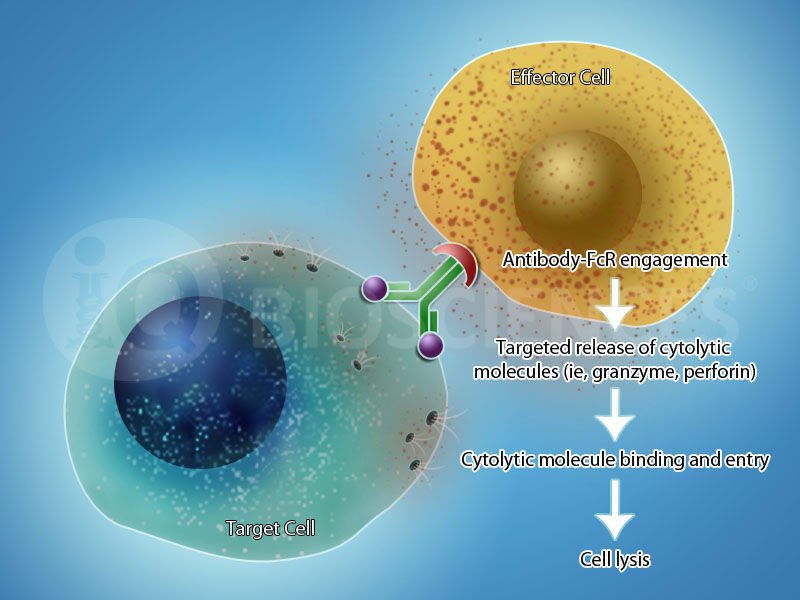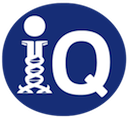Immuno-Oncology: I-O, I-O, Off to Fighting Cancer We Go… (Part 2)
What molecules can modulate the immune response? What are examples of those being developed as therapeutics? This is Part 2 of our series, “Immuno-Oncology: I-O, I-O, Off to Fighting Cancer We Go…”. Miss Part 1? Catch up here. What are some of the molecules that inhibit immune response currently being developed? As mentioned in Part 1, therapeutics against checkpoint inhibitor molecules, such as CTLA-4 and PD-1, are currently approved for certain indications while also undergoing clinical trials for others. In addition, trials are underway for therapeutics that target PD-L1, the ligand for PD-1, which is found to be up-regulated in [...]




